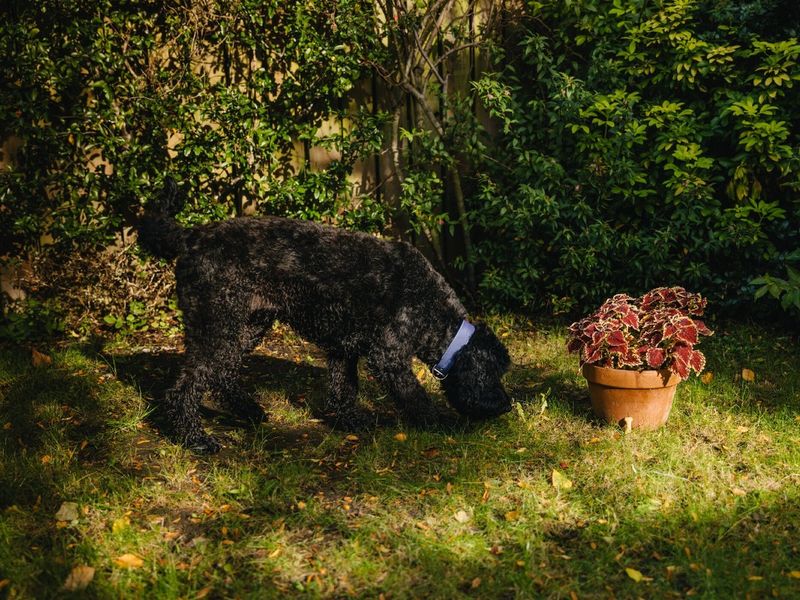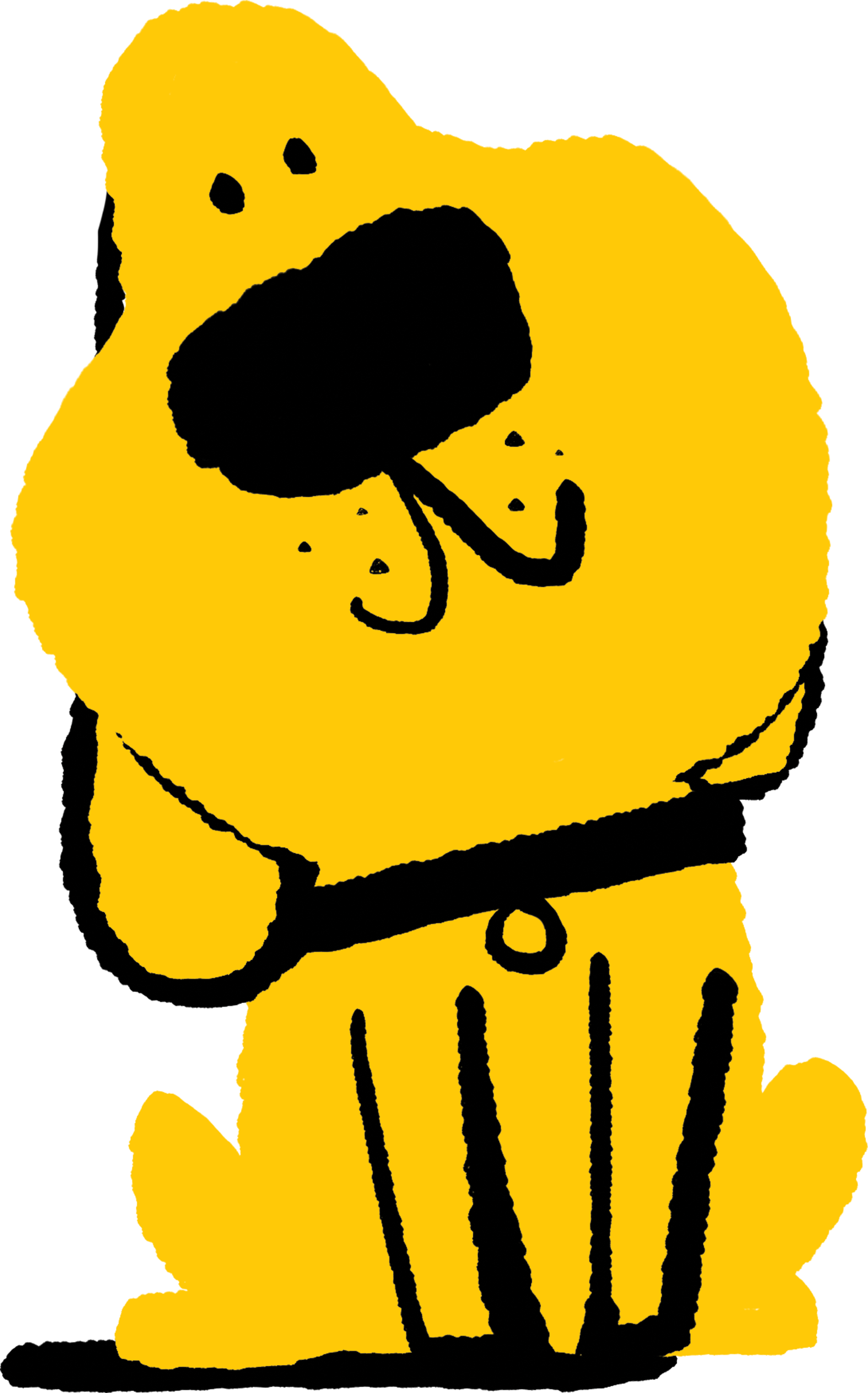Conkers and acorns: why they’re harmful to your dog
Find out the dangers, and what you can do to keep your furry pal safe this autumn.

Fallen leaves are turning golden. The heat of summer is easing off. It’s a wonderful time of year to take a stroll with your four-legged friend.
But some things we find on autumn walks, like conkers and acorns, can be harmful to your dog.
Note: Speak to your vet right away if you think your dog has eaten or chewed a conker or acorn.
How to spot a conker or chestnut
Conkers come in two forms. They look like green or brown prickly balls if they’re in their shell, or smooth woody brown or red balls if they’re not. They fall from horse chestnut trees.
Acorns look more like smooth brown nuts, often with a woody cap on one end. They fall from oak trees.
Where are conkers and acorns found?
Conkers and acorns are often found in parks and green spaces, or on pavements. They usually appear around the start of autumn.
Why are conkers and acorns dangerous for your dog?
If conkers or acorns are eaten or chewed by your dog, they could become seriously unwell. They’re toxic for dogs, and in some cases can even be deadly.
They’re also a choking hazard and can cause blockages in your dog’s gut.
Symptoms of conker or acorn toxicity
Conkers and acorns can make your dog unwell within hours if chewed or eaten. Possible symptoms include:
- Being sick
- Upset stomach (diarrhoea)
- Stomach pain
- Restlessness
- Rash
- Swelling around eyes and mouth
- Not being able to move or collapsing.
Speak to your vet right away if your dog shows any of these symptoms.
How to keep your dog safe from conkers and acorns
Keep your furry pal on their lead in areas where conkers and acorns are on the floor. And be on the lookout in case they start playing with one.
If you’re concerned your dog might’ve chewed or eaten a conker or acorn, or they’re showing signs of illness, speak to a vet right away.


